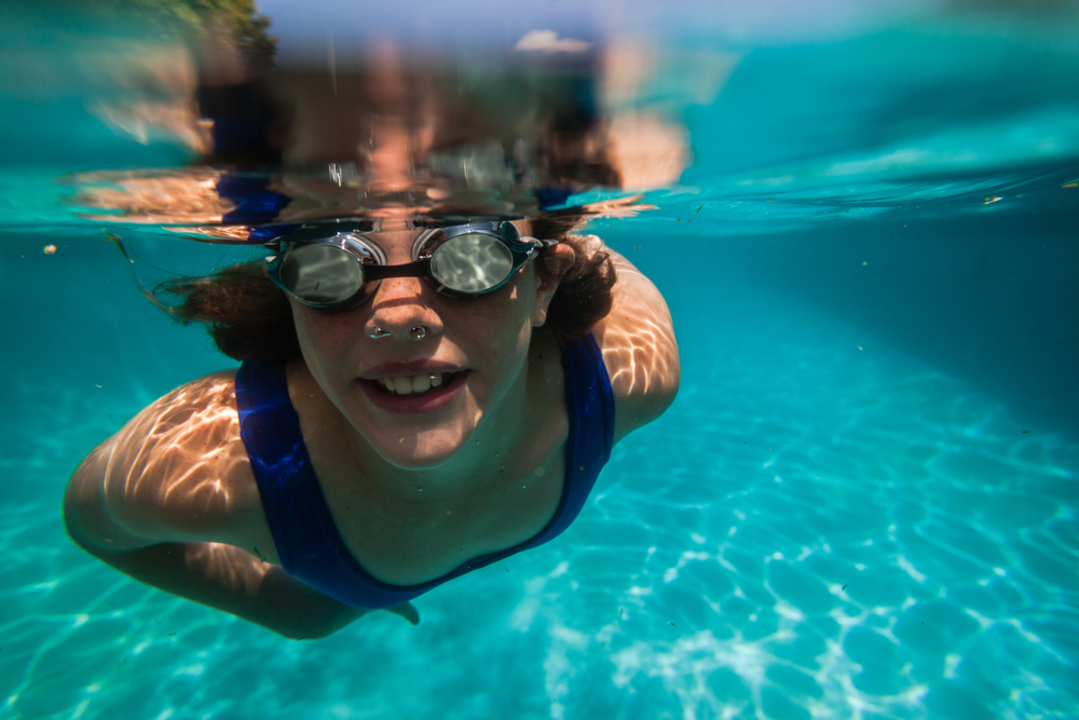Swimming Tips for Safe and Fun Water Adventures
Ready to make your next swim better? Whether you’re splashing in a pool or braving the sea, the right habits keep you safe and make the water feel like home. Below are quick, real‑world tips you can start using right away.
Swim Smart in the Sea
Swimming in the sea without goggles can be exhilarating, but it also adds a few challenges. First, pick a spot where the water is shallow enough to stand up if you need a break. Shallow water lets you check the bottom for rocks, shells, or sudden drop‑offs.
Keep the shoreline in sight the whole time. If the tide changes or a wave rolls in, you’ll know exactly where you are and can head back if conditions get rough. Use the sun or moon as a natural reference point – they help you stay oriented when the water looks endless.
Before you plunge, spend a minute walking along the beach. Look for debris, sharp shells, or weed patches that could snag a leg. A quick visual scan saves you from an unexpected tumble.
When you start swimming, breathe through your nose and keep your mouth relaxed. This reduces the urge to open your eyes and get a salty sting. If you need to clear vision, gently lift your head and glance at the surface instead of cracking open your eyes.
Finally, always swim with a buddy or let someone know where you’re going. Even a short swim can turn tricky if a current picks you up, and having a partner means help is close.
Everyday Swimming Hacks
Not all tips are sea‑specific. Here are a few habits that make any swim smoother.
Warm up before you jump in. A quick arm circle and a few leg kicks get your muscles ready and cut down on cramps.
Practice bilateral breathing. Breathing on both sides balances your stroke and helps you stay level in choppy water.
Use a swim cap. It reduces drag, keeps hair out of your face, and adds a small amount of warmth.
Check the temperature. If the water feels too cold, do a brief splash test. Cold water can shock your system and make you tire faster.
Stay hydrated. It sounds odd, but you lose fluids just as you would on land. Drink water before and after your session.
Got a specific problem, like getting water in your ears? A simple ear plug works wonders and lets you focus on the stroke, not the splash.
Remember, consistency beats intensity. A short, focused swim three times a week builds stamina faster than one long, exhausting session.
These tips are simple, but they pack a punch. Try a few today and notice how much more comfortable you feel in the water. Happy swimming!
How to swim in the sea without goggles?
- Kieran Lockhart
- on Apr 4 2023
- 0 Comments
Swimming in the sea without goggles can be a thrilling experience! It can also be dangerous as it can be difficult to see underwater. To stay safe, it's best to swim in areas where the water is shallow and there are no rocks or debris. To make sure you don't lose your bearings, keep the shoreline in sight and use the sun or moonlight as a reference point. Before you dive in, take a few moments to familiarize yourself with the surroundings, so that you can swim confidently and safely. With a little practice and some common-sense safety, you can have a great time enjoying the sea without goggles.
